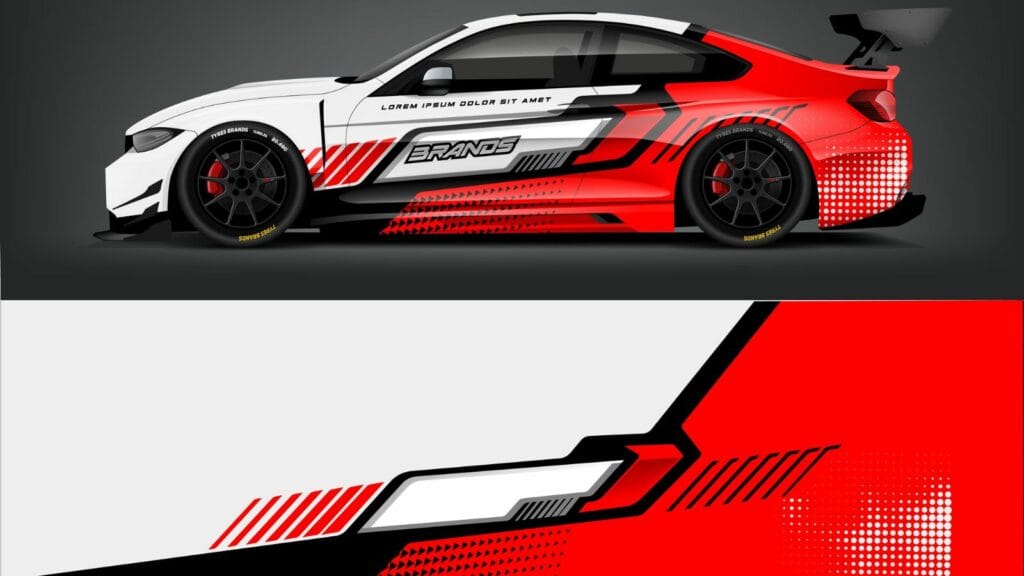When conquering dirt trails, rocky paths, and muddy slogs, rally cars are the undisputed kings. These dirt dominators are built to endure punishment, laugh in the face of adversity, and still cross the finish line in style. Here are 18 rally legends that are rugged to the core. Buckle up; it’s going to be a bumpy ride.
Subaru Impreza WRX STI
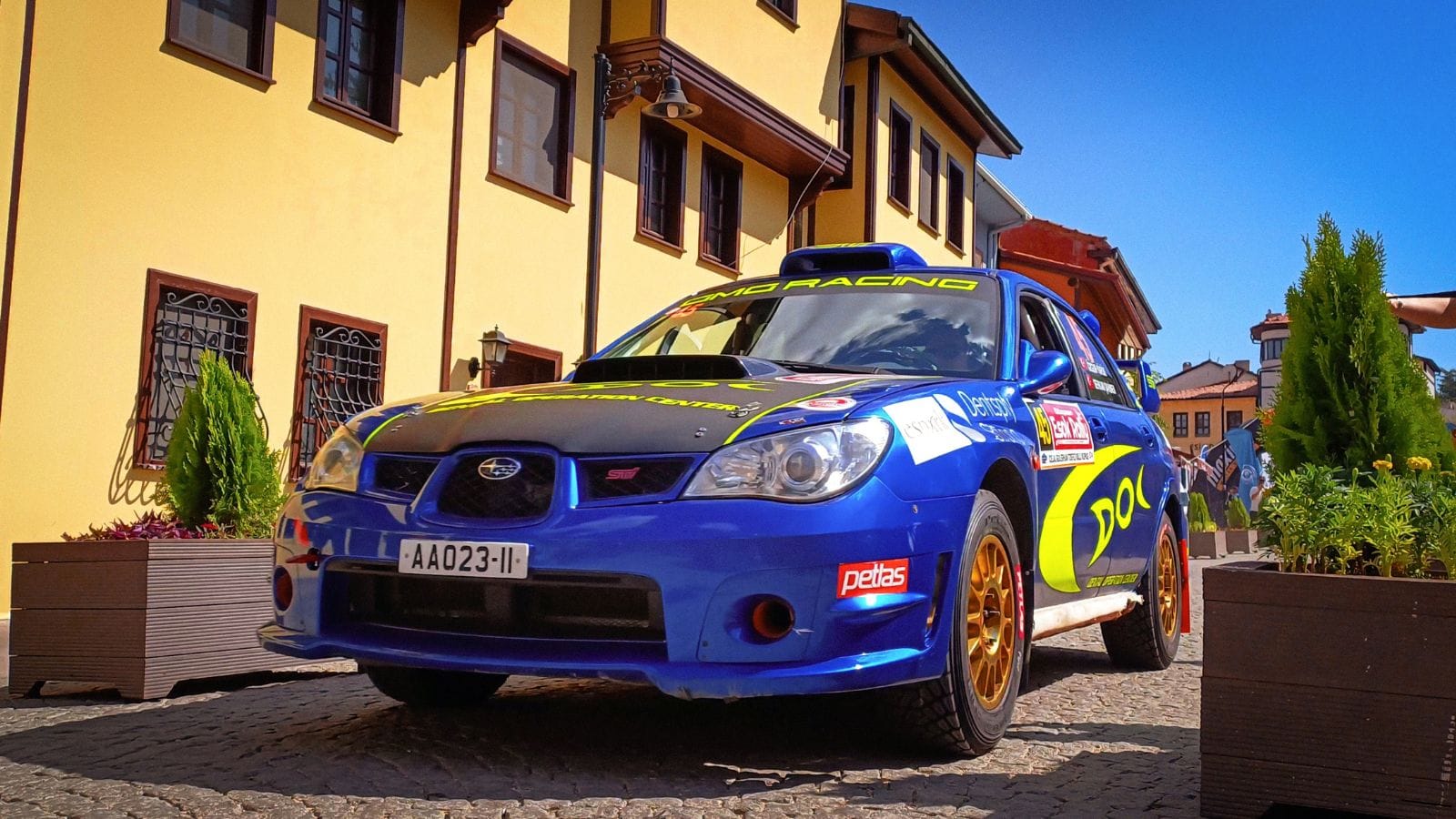
The Subaru Impreza WRX STI has a reputation as one of the most iconic rally cars of all time. First introduced in 1994, the WRX STI (World Rally Experimental, Subaru Tecnica International) is synonymous with power, handling, and all-wheel-drive prowess. It also features Subaru’s signature 2.5-liter turbocharged Boxer engine, delivering up to 310 horsepower and 290 lb.-ft of torque in its most recent iterations. Its precise handling and rugged construction make it a go-to for rally enthusiasts.
Mitsubishi Lancer Evolution (Evo VI – Evo IX)
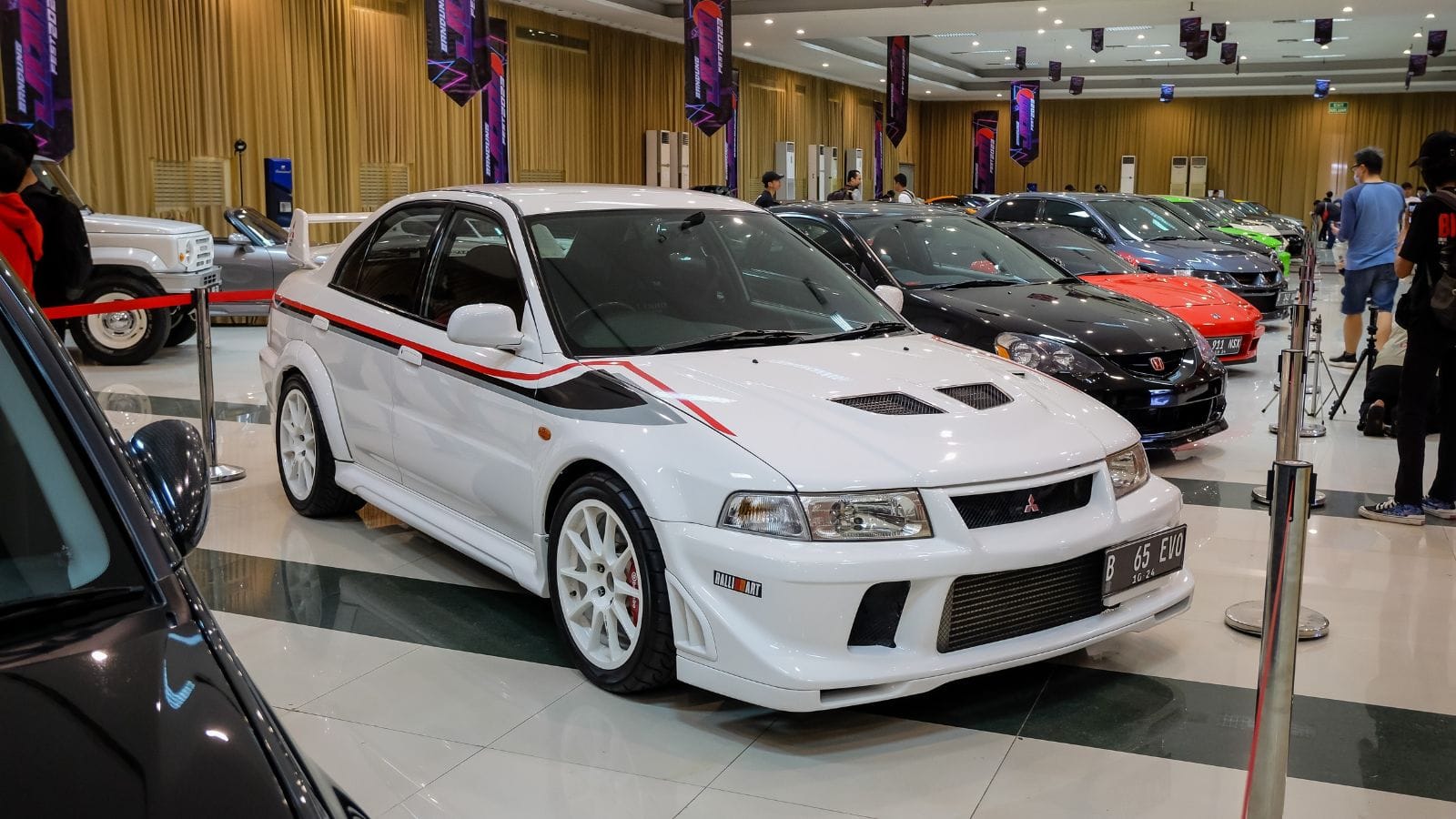
The Lancer Evolution series is a rally legend, notably the Evo VI through IX. Built between 1999 and 2007, these models perfected the Evolution formula with turbocharged 2.0L inline-four engines (4G63), producing between 276 and 287 hp. They were paired with an advanced all-wheel-drive system featuring Active Yaw Control (AYC) for exceptional cornering. The Evo VI also refined aerodynamics and cooling, highlighted by the Tommi Mäkinen Edition. Fun fact: the Evo VI was nicknamed “Tommi Edition” after Mäkinen’s successes.
Audi Quattro
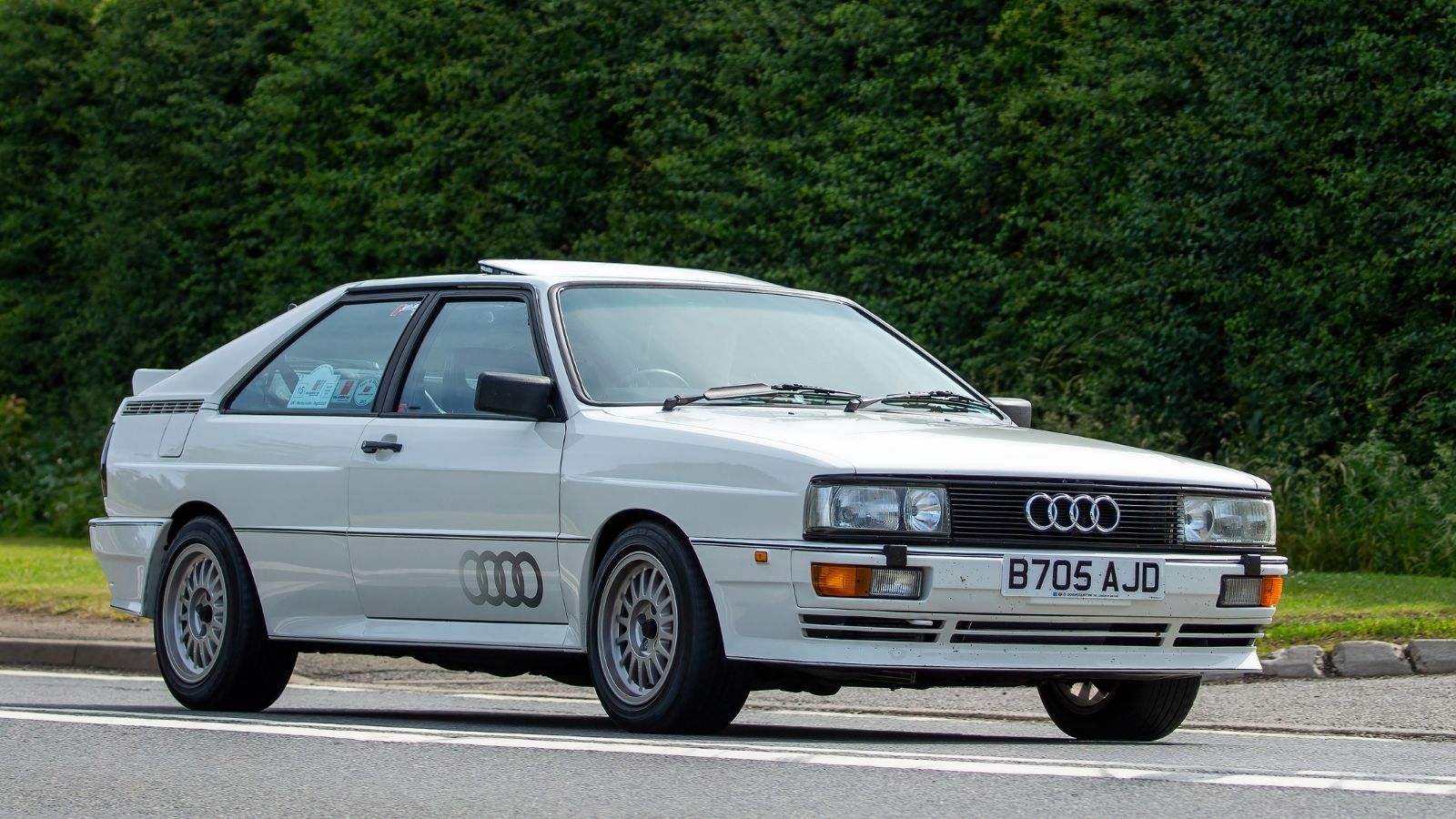
The Audi Quattro revolutionized rally racing by introducing all-wheel drive in the early 1980s. The Quattro showcased progressive technologies like lightweight construction using aluminum and aggressive styling with flared wheel arches, making it as iconic in design as in engineering. Its impact is also enduring, as Audi’s “Quattro” AWD system remains a cornerstone of the brand, symbolizing performance and safety. Enthusiasts still revere the Quattro for its pioneering spirit, defining Audi as a leader in innovative engineering.
Ford Escort RS Cosworth
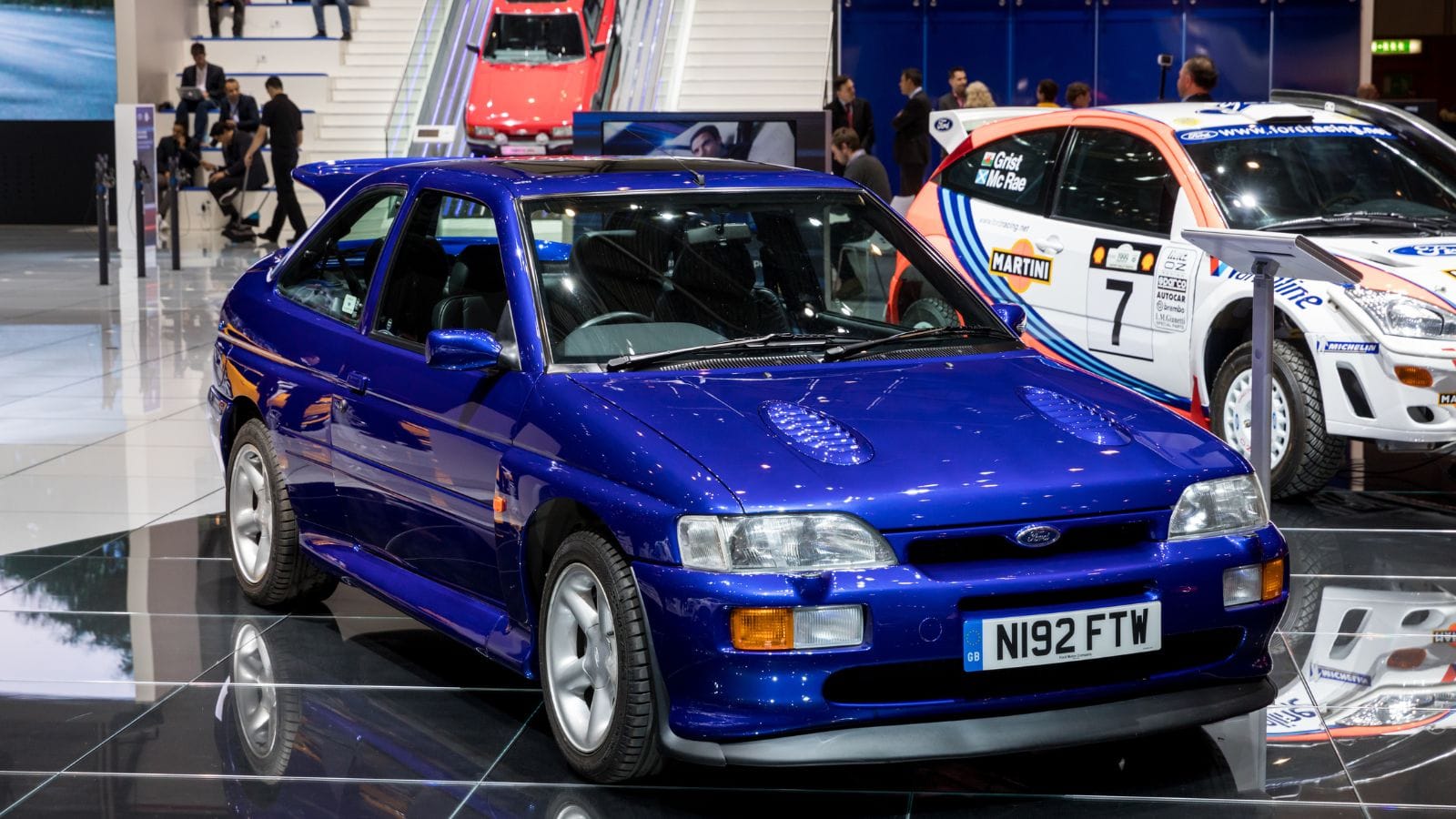
The Ford Escort RS Cosworth, with its distinctive whale-tail spoiler, was built to dominate rally stages. Underpinning the car is a shortened version of the Sierra RS Cosworth platform, including its 4WD system, which ensures outstanding traction. The flared wheel arches and aggressive front bumper with large air intakes were not just for show—they optimized airflow and cooling for the turbocharged 2.0L YBT engine, producing 227 hp. Plus, its reliability and power helped it become a fan favorite, especially in the hands of drivers like Carlos Sainz.
Toyota Celica GT-Four
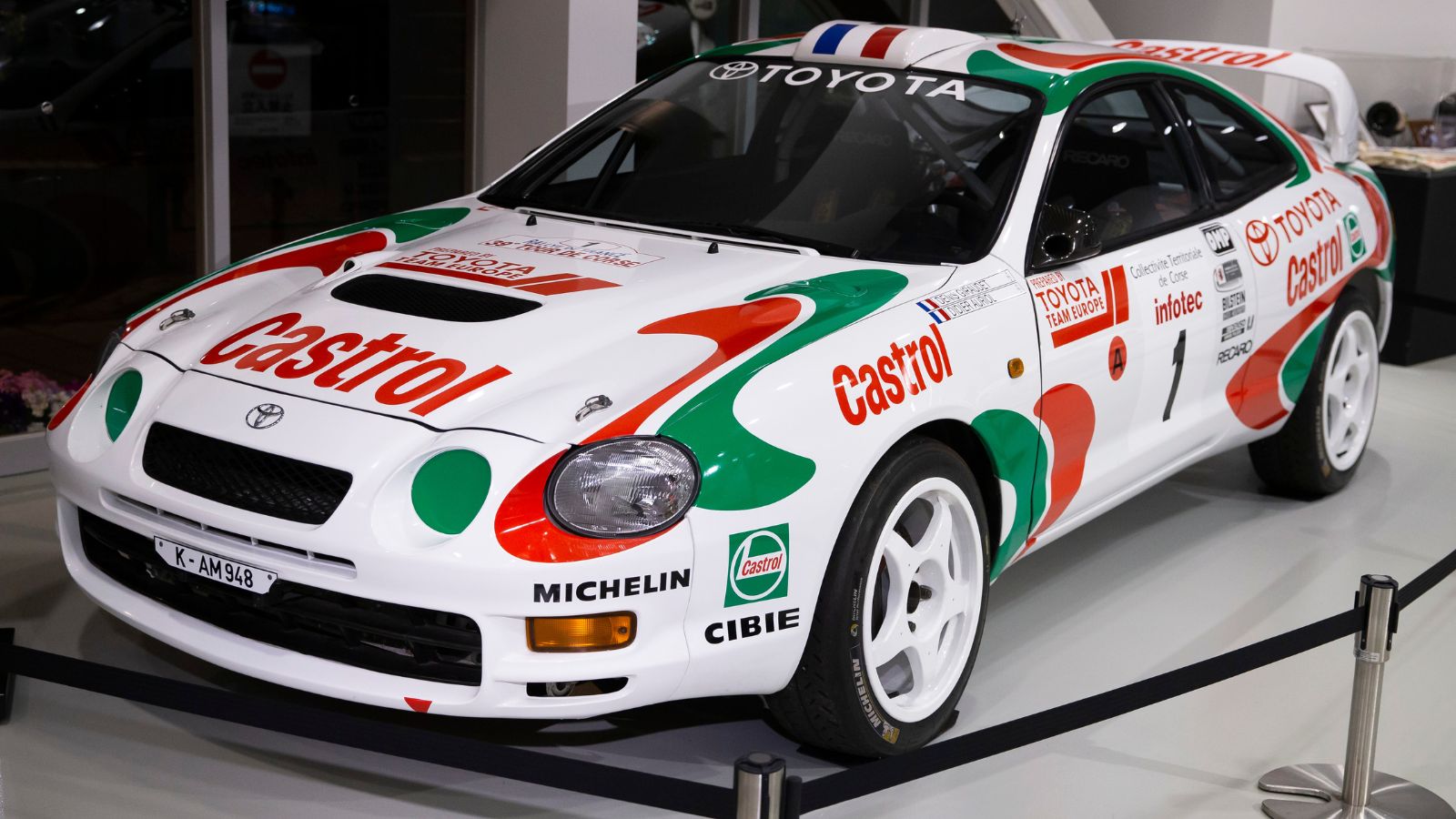
The Toyota Celica GT-Four was a rally-bred marvel combining aggressive styling and advanced engineering. Introduced in 1986 as the turbocharged, all-wheel-drive performance variant of the Celica lineup, the GT-Four showcased Toyota’s commitment to dominating the World Rally Championship (WRC). Its aerodynamic design evolved across generations, beginning with the ST165’s wedge-like profile and prominent hood scoop, which was both functional and striking.
Lancia Delta Integrale
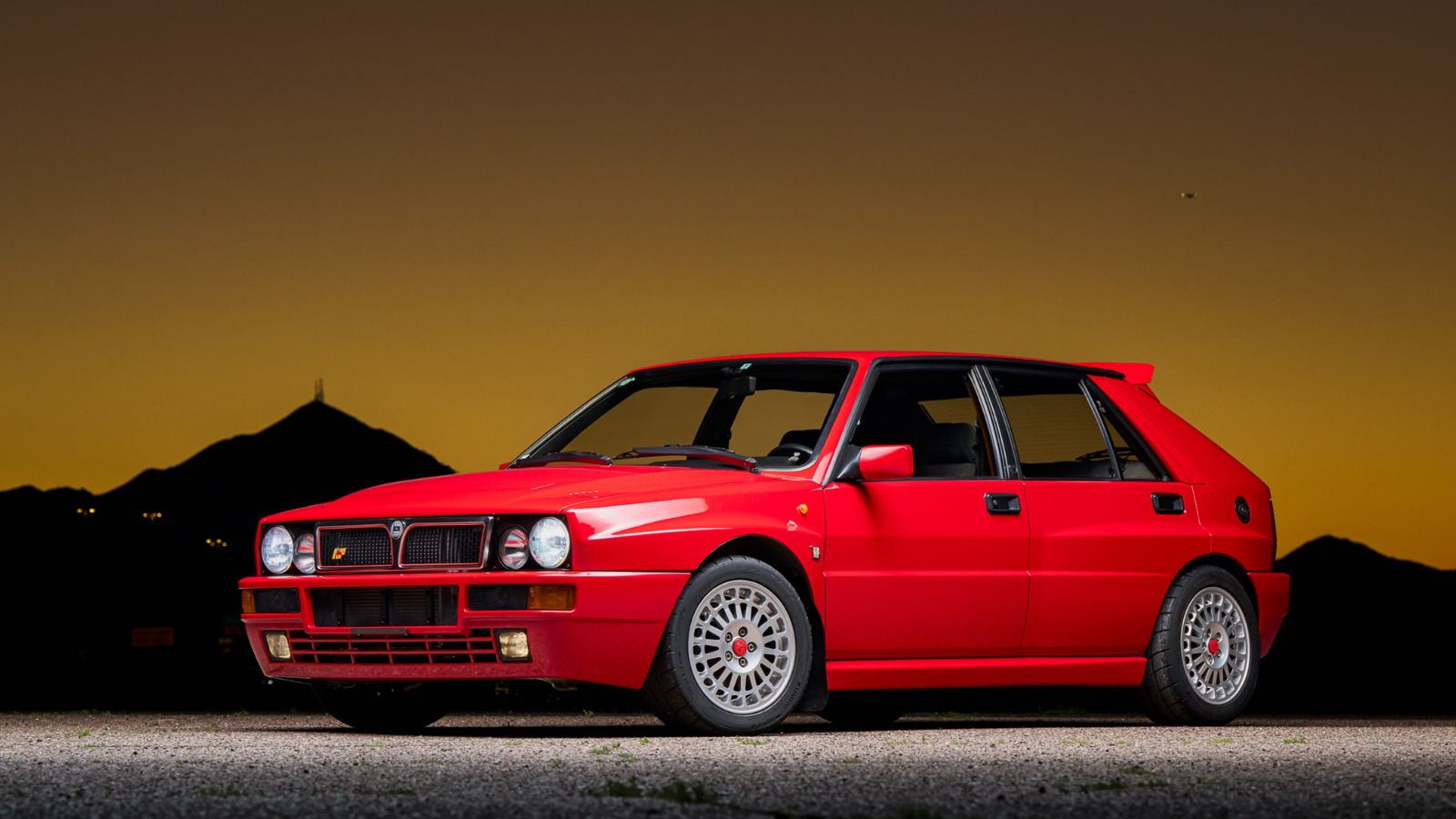
Few cars are as synonymous with rally dominance as the Lancia Delta Integrale. Wide wheel arches, essential for accommodating larger rally-spec tires, gave the Integrale its muscular stance. A redesigned front grille, hood vents, and large fog lights enhanced airflow and cooling, crucial for the turbocharged 2.0L engine. Also, the prominent rear spoiler wasn’t just for show—it improved downforce at speed. Even the flared side skirts served aerodynamic purposes.
Peugeot 205 T16
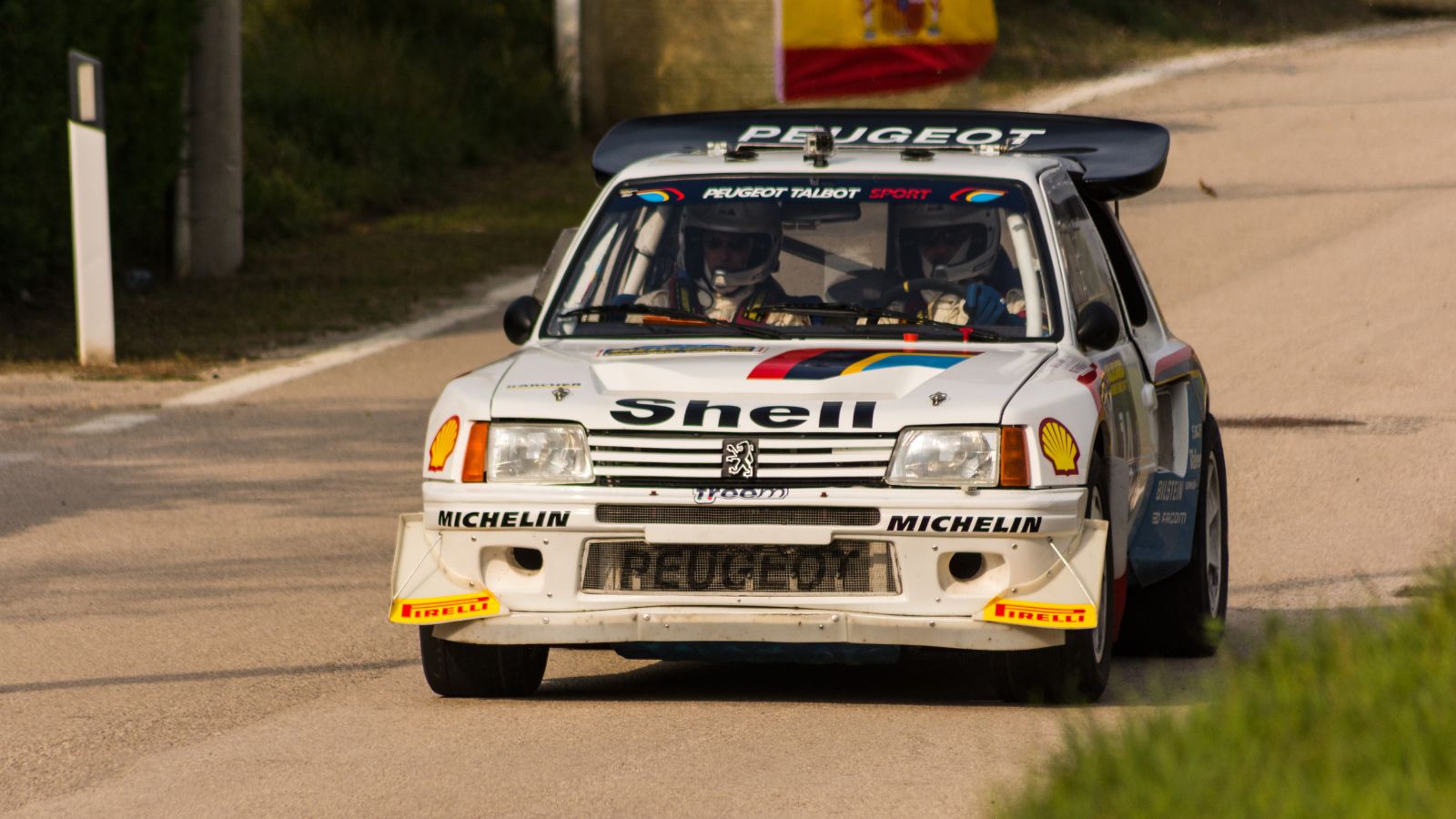
The Peugeot 205 T16 was a Group B monster that redefined rallying. Peugeot built 200 road-going versions to meet homologation requirements. These featured a detuned 200 hp engine, distinct wide-body styling, and lightweight materials. The 205 T16 dominated in competition, winning two consecutive World Rally Championship titles in 1985 and 1986. Its achievements solidified Peugeot’s motorsport pedigree. Plus, this car’s ability to easily handle the roughest terrains made it a legend in its own right.
Mini Cooper S
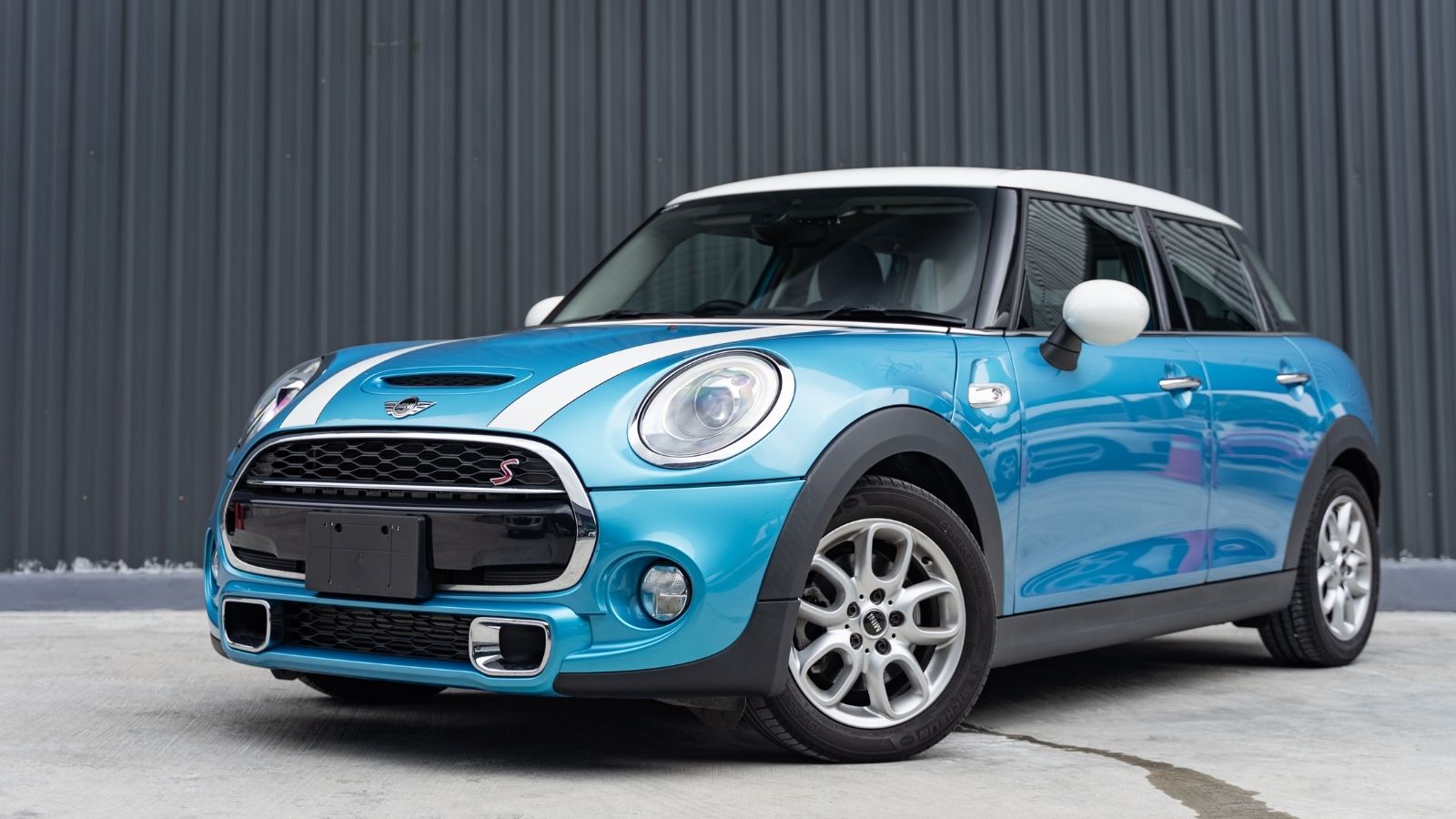
Don’t let its small size fool you—the Mini Cooper S has a big reputation in rallying. Under its hood lies a turbocharged 2.0-liter 4-cylinder engine, delivering around 189 horsepower and 207 lb.-ft of torque, enough to propel this nimble hatchback from 0-60 mph in about 6.5 seconds. Also, its front-wheel-drive setup is paired with a precise 6-speed manual or a 7-speed dual-clutch automatic transmission, offering spirited driving dynamics. All in all, the Mini’s rally heritage proves that sometimes, small packages deliver big punches.
Ford Fiesta R5
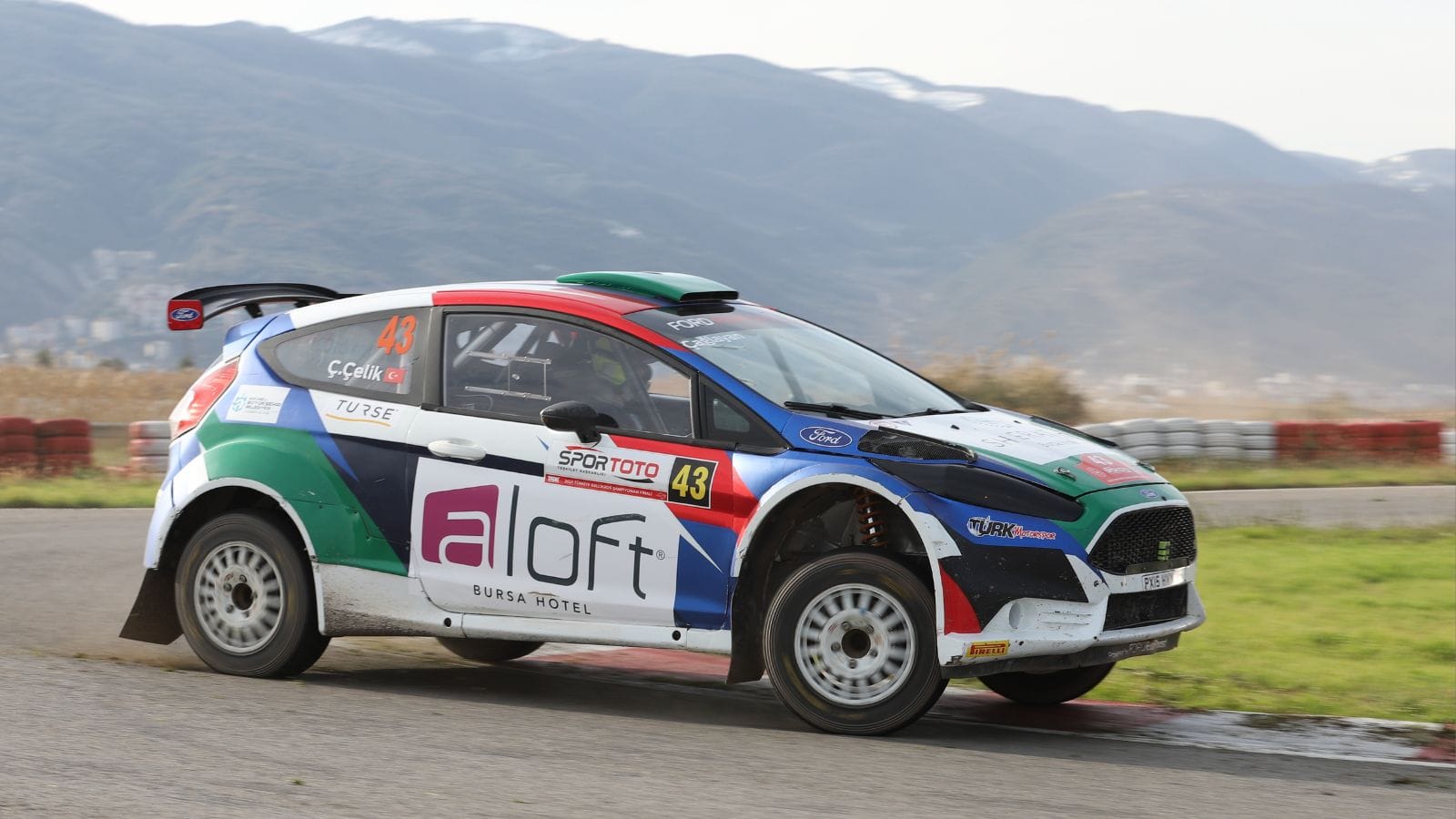
The Ford Fiesta R5 is a modern rally car that combines cutting-edge technology with rugged durability. Its lightweight construction features a reinforced shell with a roll cage meeting FIA safety standards. Also, MacPherson strut suspension with Öhlins dampers and Brembo braking components offer precision and reliability. And, developed by M-Sport in the UK, the Fiesta R5 set benchmarks for affordability and performance in rallying, making it a favorite for private teams. Further, it has competed in WRC-2 and other national championships, showcasing Ford’s prowess in motorsport innovation.
Volkswagen Polo R WRC
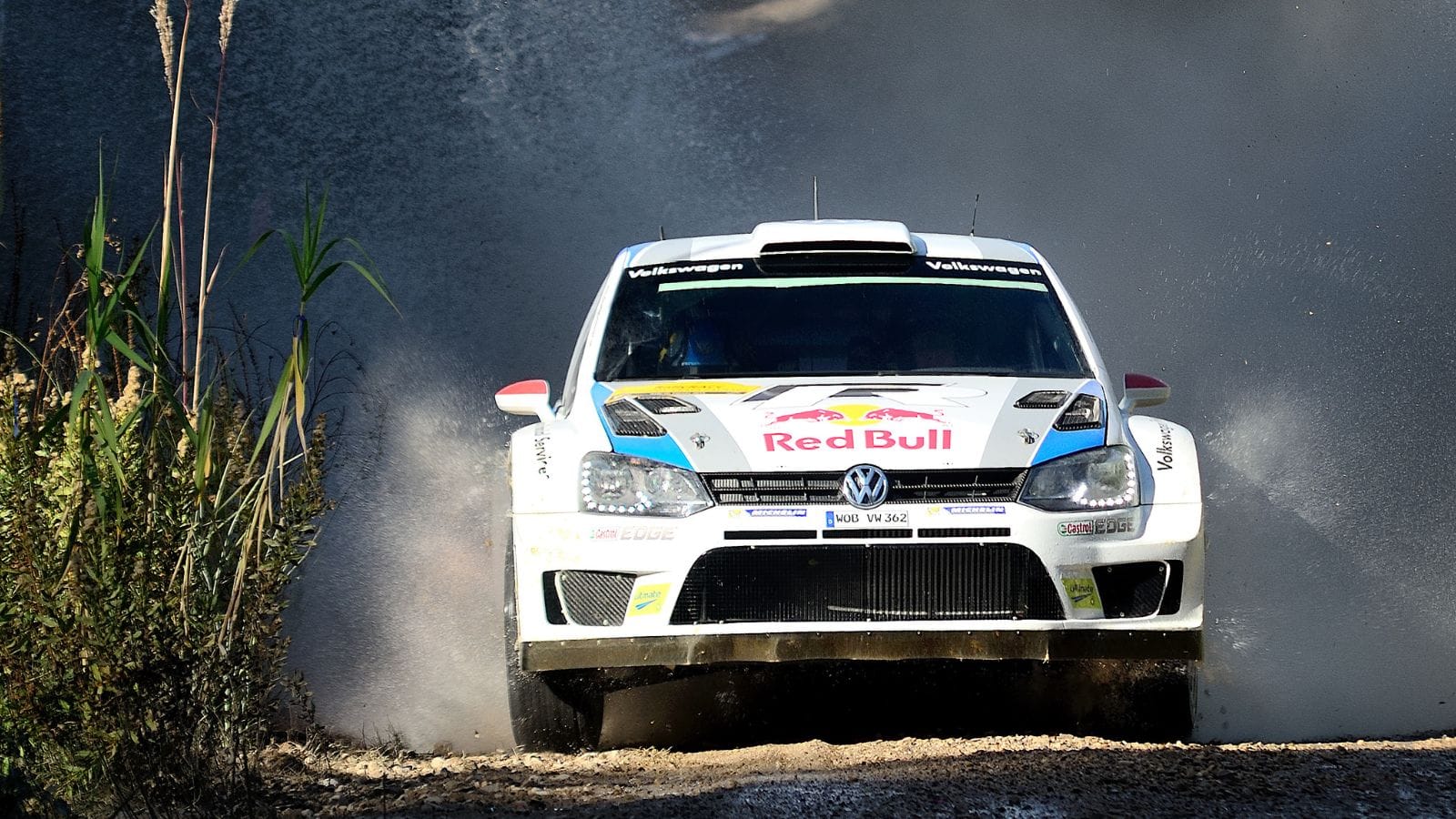
The Volkswagen Polo R WRC is a high-performance rally car built to compete in the FIA World Rally Championship (WRC). With legendary drivers like Sébastien Ogier behind the wheel, the Polo R WRC helped Volkswagen secure four consecutive manufacturers’ championships (2013–2016) and three drivers’ championships for Ogier. The car’s success was attributed to its lightweight design, precise handling, and advanced technology.
Skoda Fabia R5
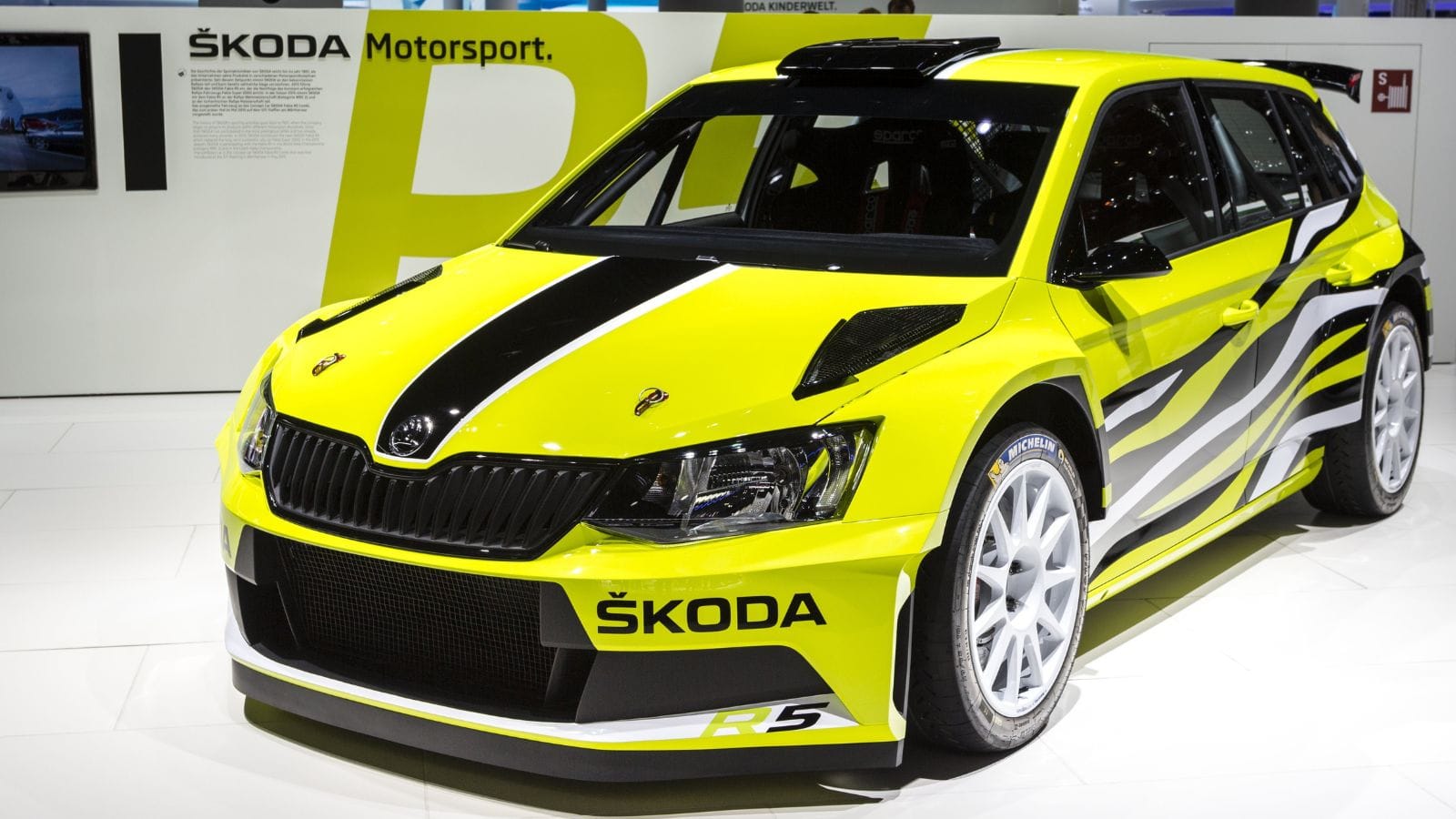
The Skoda Fabia R5 has quietly become a rally favorite. It debuted in 2015 and was designed for the FIA World Rally Championship-2 (WRC-2). The Fabia R5 features a 1.6-liter turbocharged engine, producing around 280 horsepower, paired with a 5-speed sequential gearbox and all-wheel drive. Also, the car’s lightweight design, around 1,230 kg, and advanced suspension system make it agile on various terrains, from gravel to tarmac.
Hyundai i20 WRC
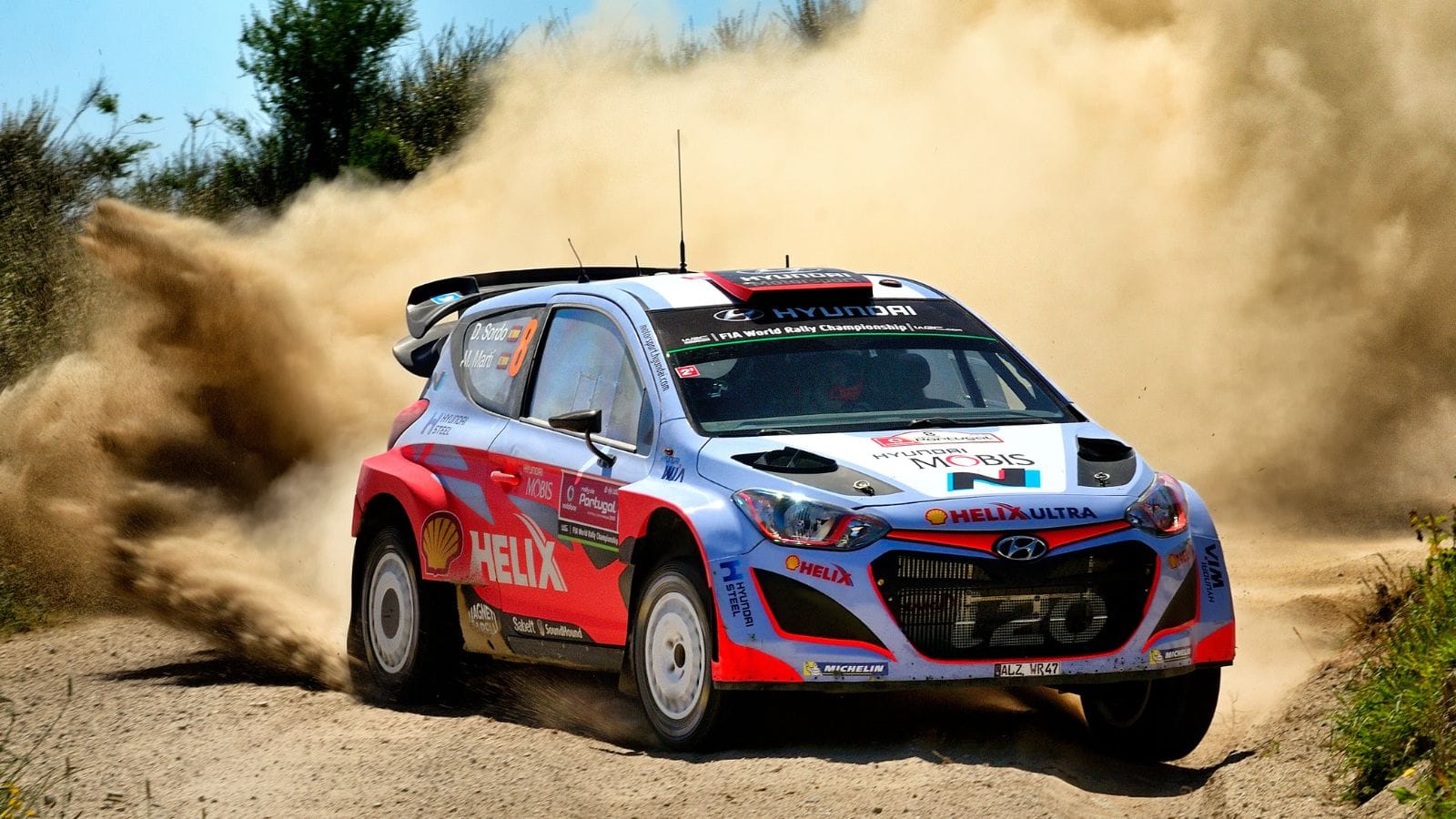
Hyundai’s i20 WRC has been a formidable contender in the modern WRC era. Over the years, the i20 has undergone multiple updates, improving aerodynamics, suspension, and engine performance. Notable successes include podium finishes and rally wins, contributing to Hyundai’s rise in the WRC. Further, the i20’s dynamic handling and expert engineering have earned it a loyal following. It is also the base for the i20 N, a high-performance road car.
Citroën DS3 WRC
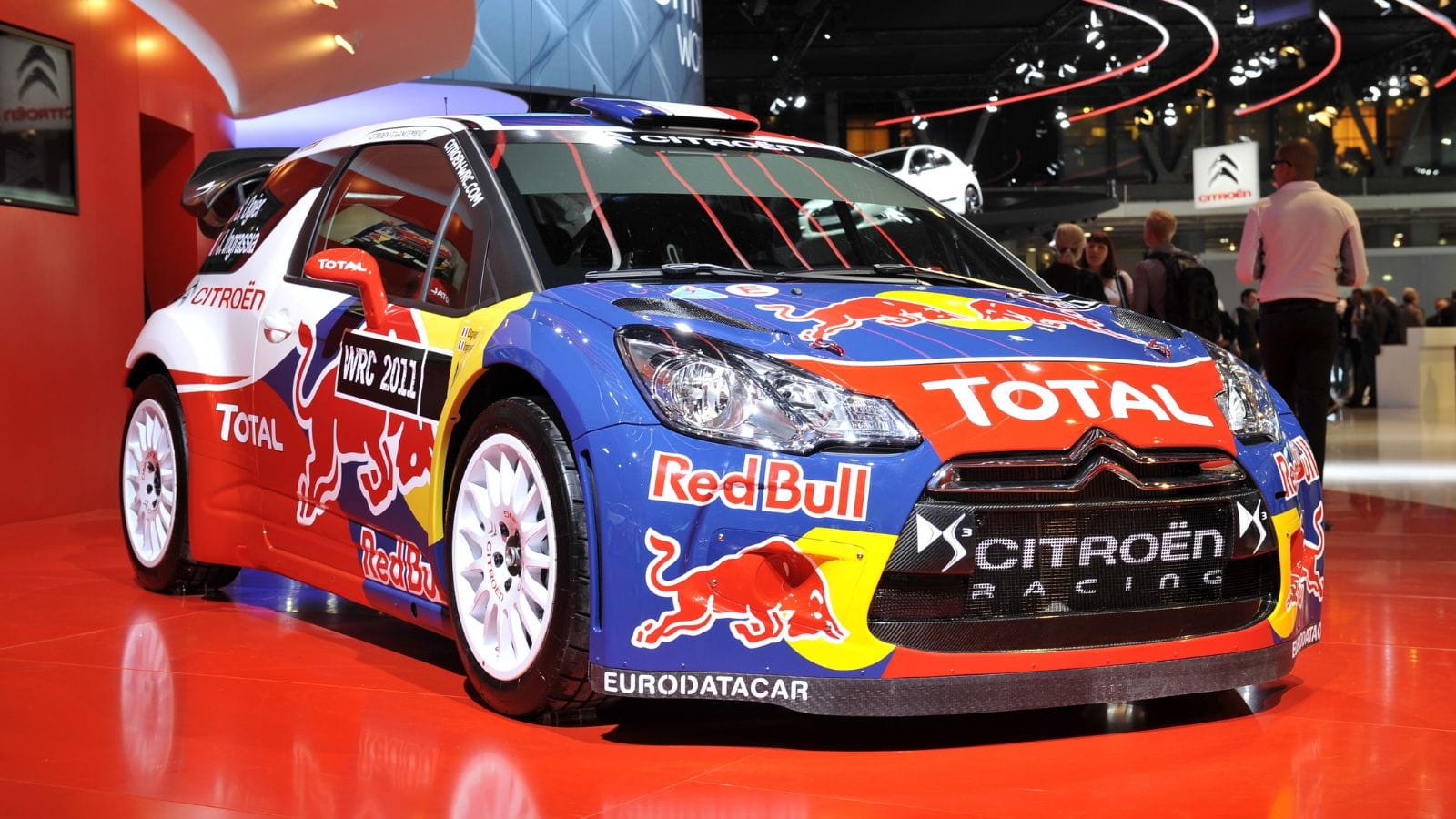
The Citroën DS3 WRC is like a caffeinated croissant—French, zippy, and ready to dominate! Sebastien Loeb and Sebastien Ogier piloted this beast to victory in 26 WRC rallies, securing two manufacturers’ titles (2011, 2012). Further, it’s lightweight (1,200 kg) yet armored, with a roll cage that laughs in the face of danger. The DS3 WRC was FIA-compliant but rebel-hearted, competing until 2016.
Subaru Legacy RS
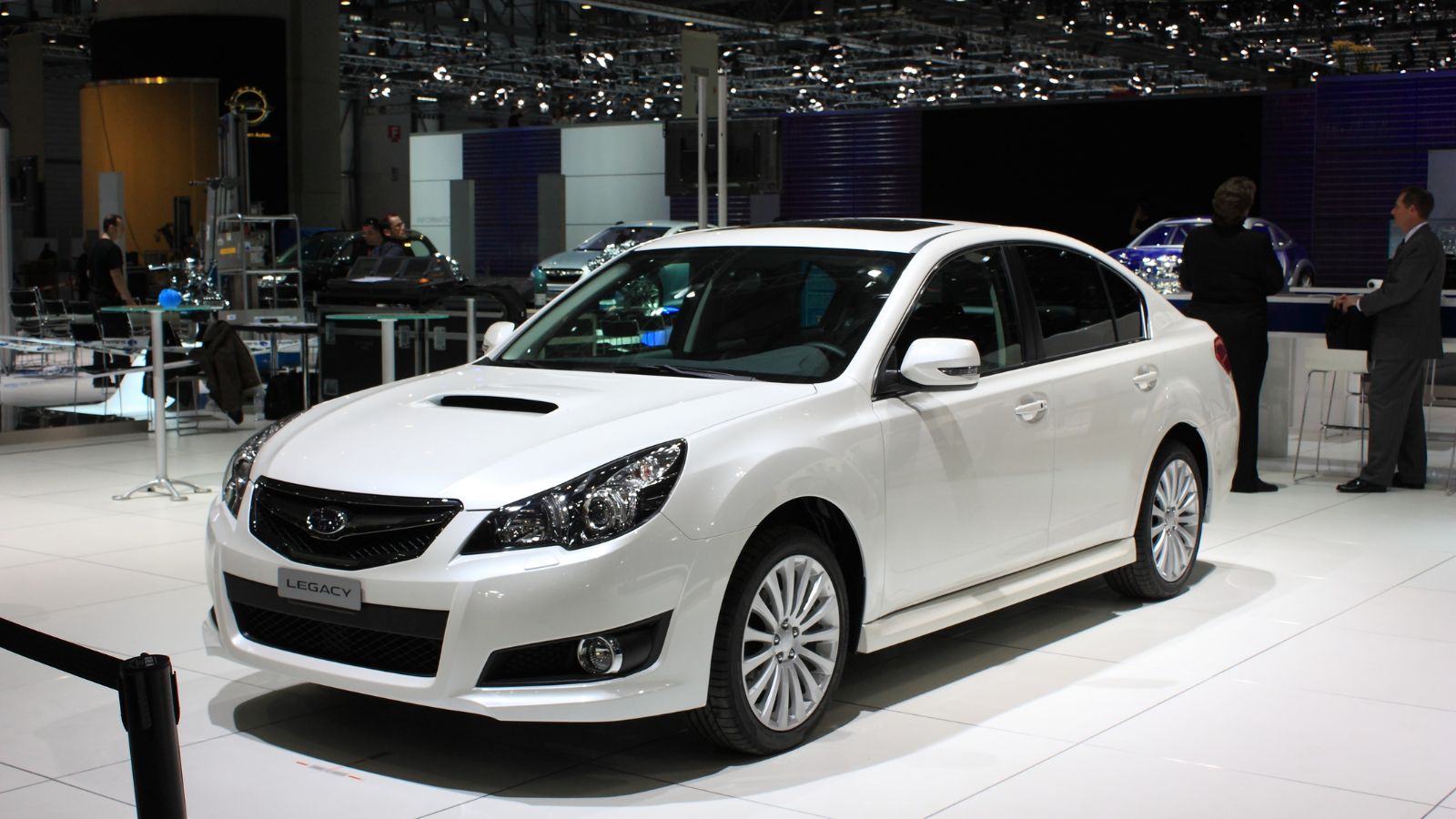
Before the Impreza, there was the Subaru Legacy RS. The Legacy RS earned Subaru its first WRC victory in 1993, proving it was more than just a boxy sedan. It boasted a 0–60 mph time of around 6.5 seconds, which, for its time, was like a cheetah among sloths in the sedan world. Fun fact: the RS has hydraulic suspension, which is cool and, let’s admit, a wallet drainer. Today, the Legacy RS is a cult classic—quirky, fast, and unapologetically Subaru.
Mazda RX-7 Rally
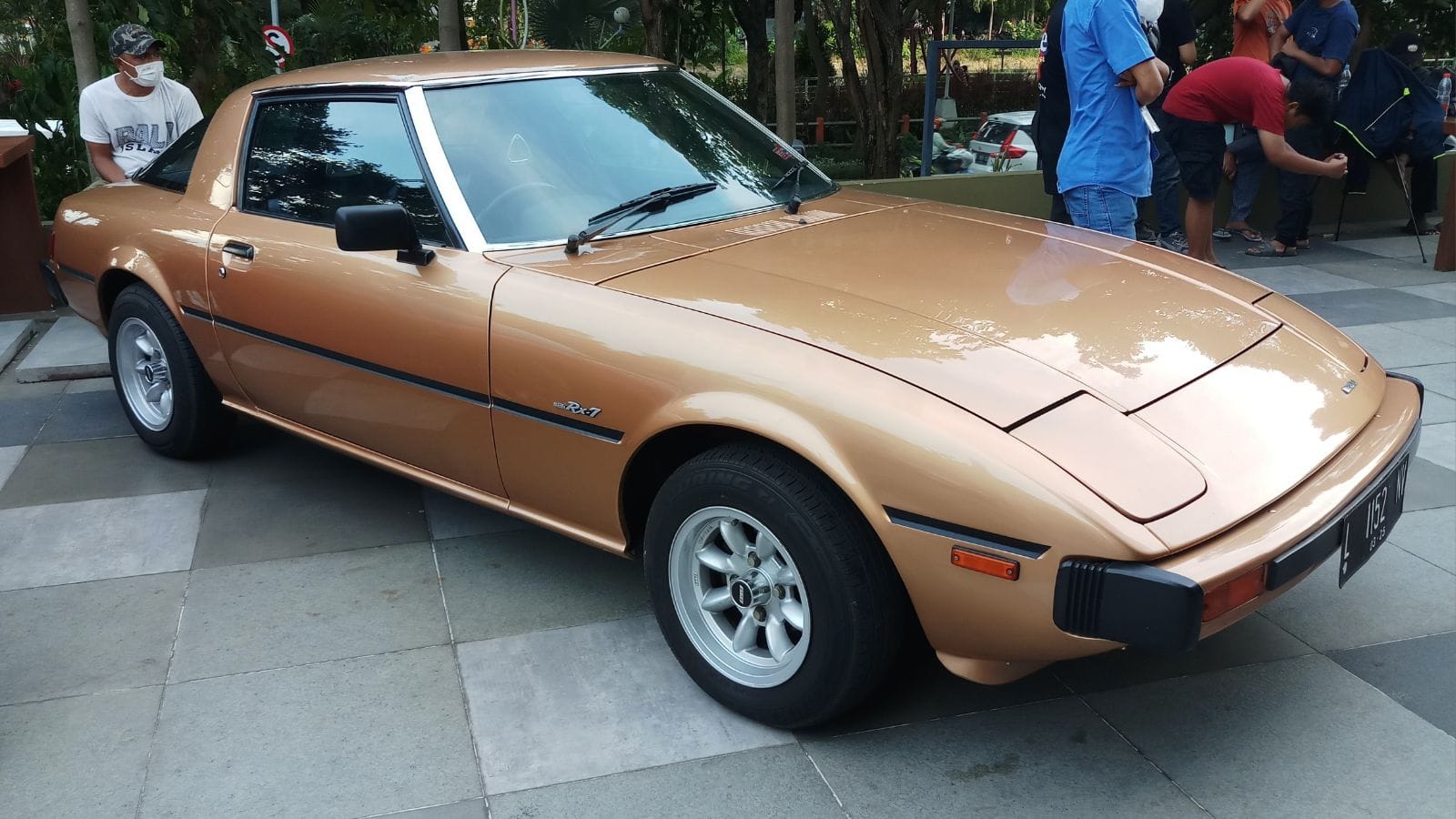
The Mazda RX-7 in rallying? It’s like bringing a sushi knife to a barbecue—unexpectedly effective! This rotary-powered rocket spun into rally history in the 1980s. While RX-7s are more known for drifting smoky corners, Mazda decided to slap on some mud flaps, tweak the suspension, and send it dirt dancing. Also, powered by the legendary 13B rotary engine, it screamed its way to numerous wins in the hands of skilled drivers like Ingvar Carlsson.
Renault 5 Turbo
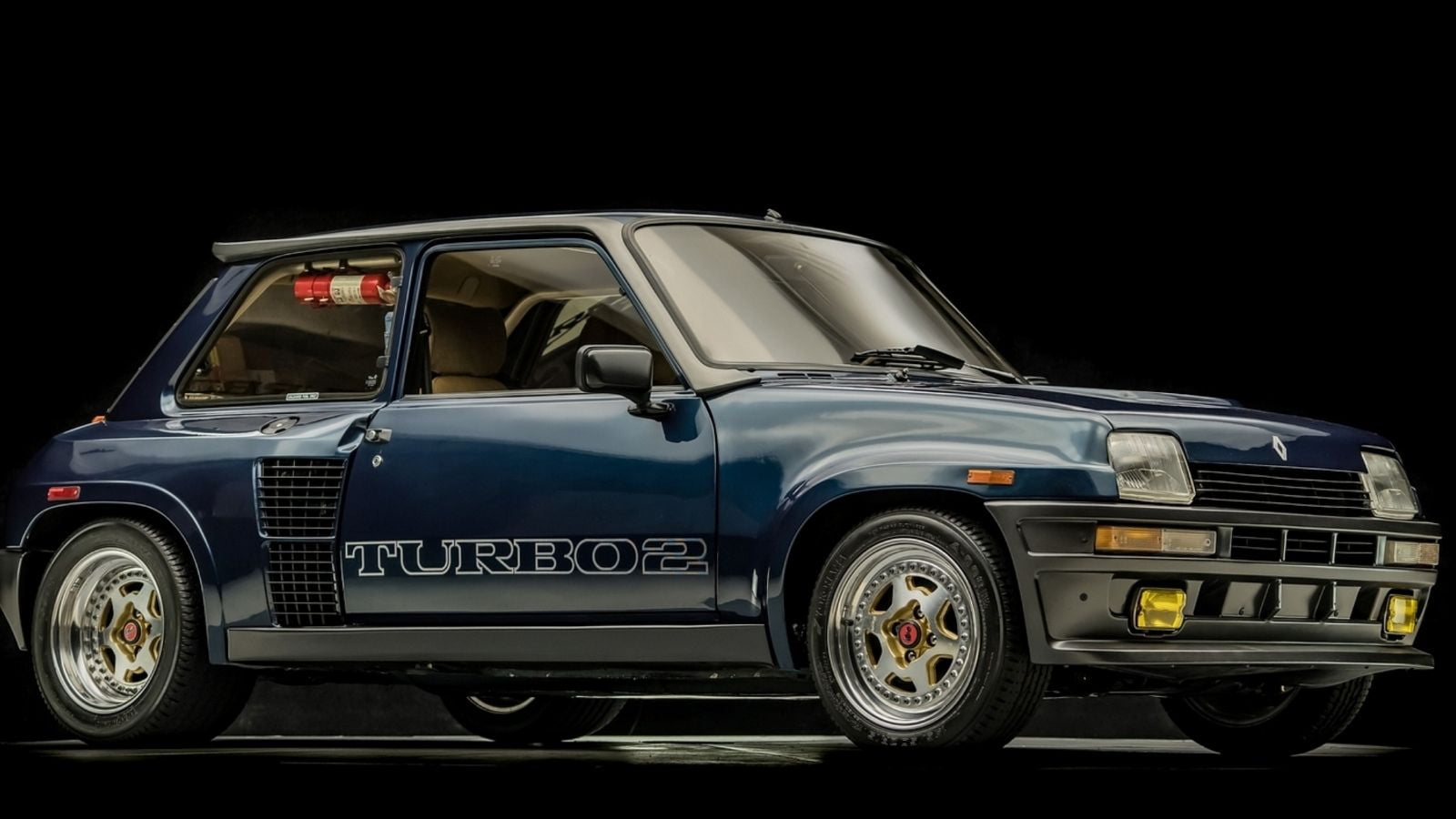
The Renault 5 Turbo wasn’t just a car; it was a pocket rocket with a side of madness. Born in 1980, this rally-bred hooligan took the humble Renault 5 and crammed a 1.4-liter turbocharged engine where the back seats should’ve been. Result? 160 hp and a rear-wheel-drive layout, perfect for sliding through twisty roads—or your neighbor’s garden. On the rally stage, it terrorized the competition, bagging wins like the 1981 Monte Carlo Rally. Today, it’s a cult classic, loved by collectors and adrenaline junkies alike. With only around 5,000 units made, the R5 Turbo is rarer than a polite Parisian taxi driver.
Datsun 240Z
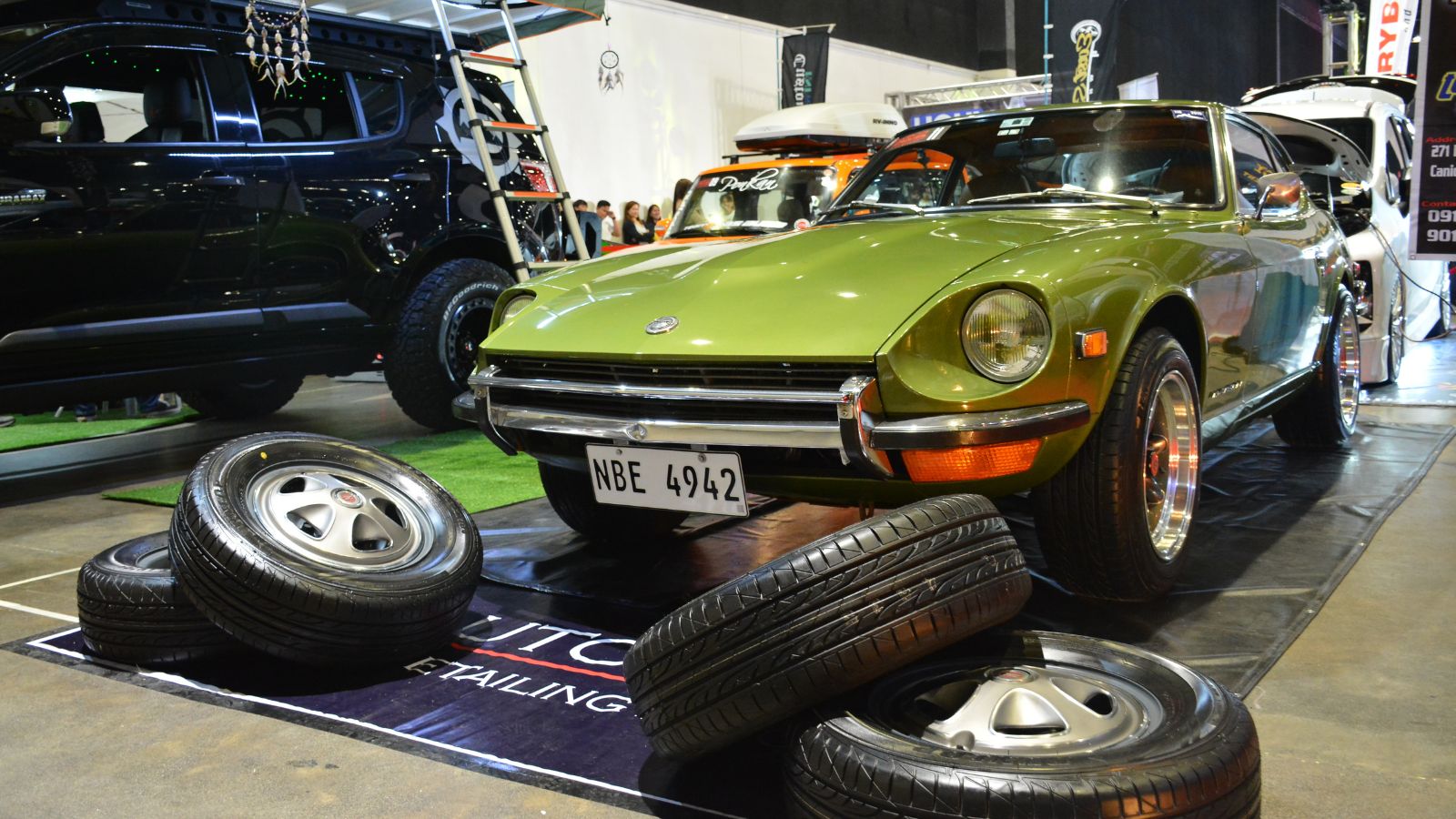
The Datsun 240Z, a spicy little rocket from the 1970s, burst onto the scene in 1969 as Nissan’s answer to expensive European sports cars. Built on the philosophy of fun for all, it boasted independent suspension, a five-speed manual gearbox (if you dared), and pop-the-hood-and-dream mod potential—over 150,000 units sold in the U.S. alone, cementing it as the OG Z-car.
Porsche 959
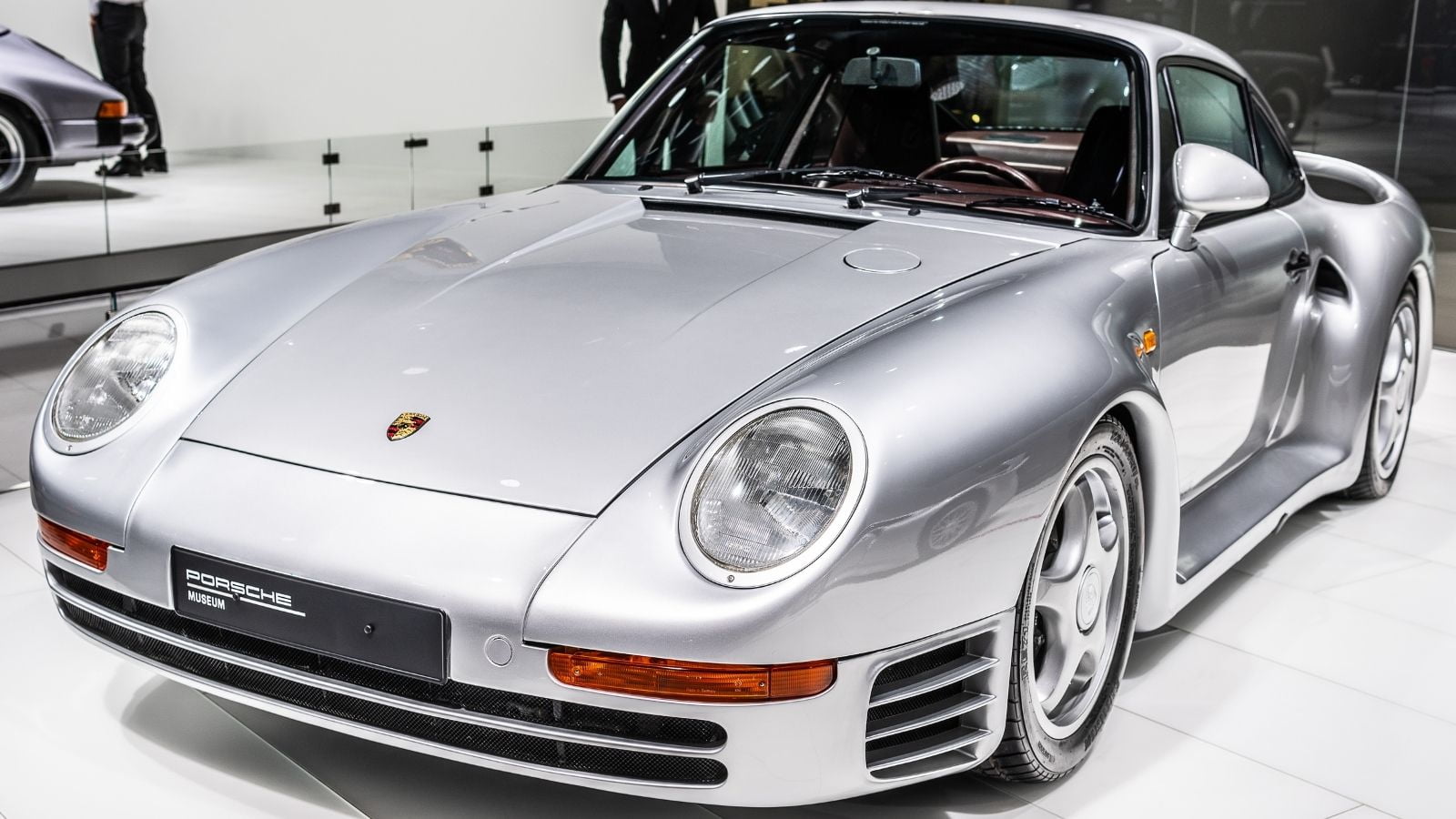
The Porsche 959 is what happened when the 1980s decided to flex its technological muscles. The 959 featured advanced tech for its time, like an innovative all-wheel-drive system, adjustable suspension, and aluminum Kevlar body panels. It even had tire pressure sensors—because popping a tire at 190 mph isn’t ideal. Only 337 units were made, ensuring exclusivity (and envy). Today, the 959 is a collector’s dream, combining rally chops with Autobahn-dominating speed.
Fiat 131 Abarth
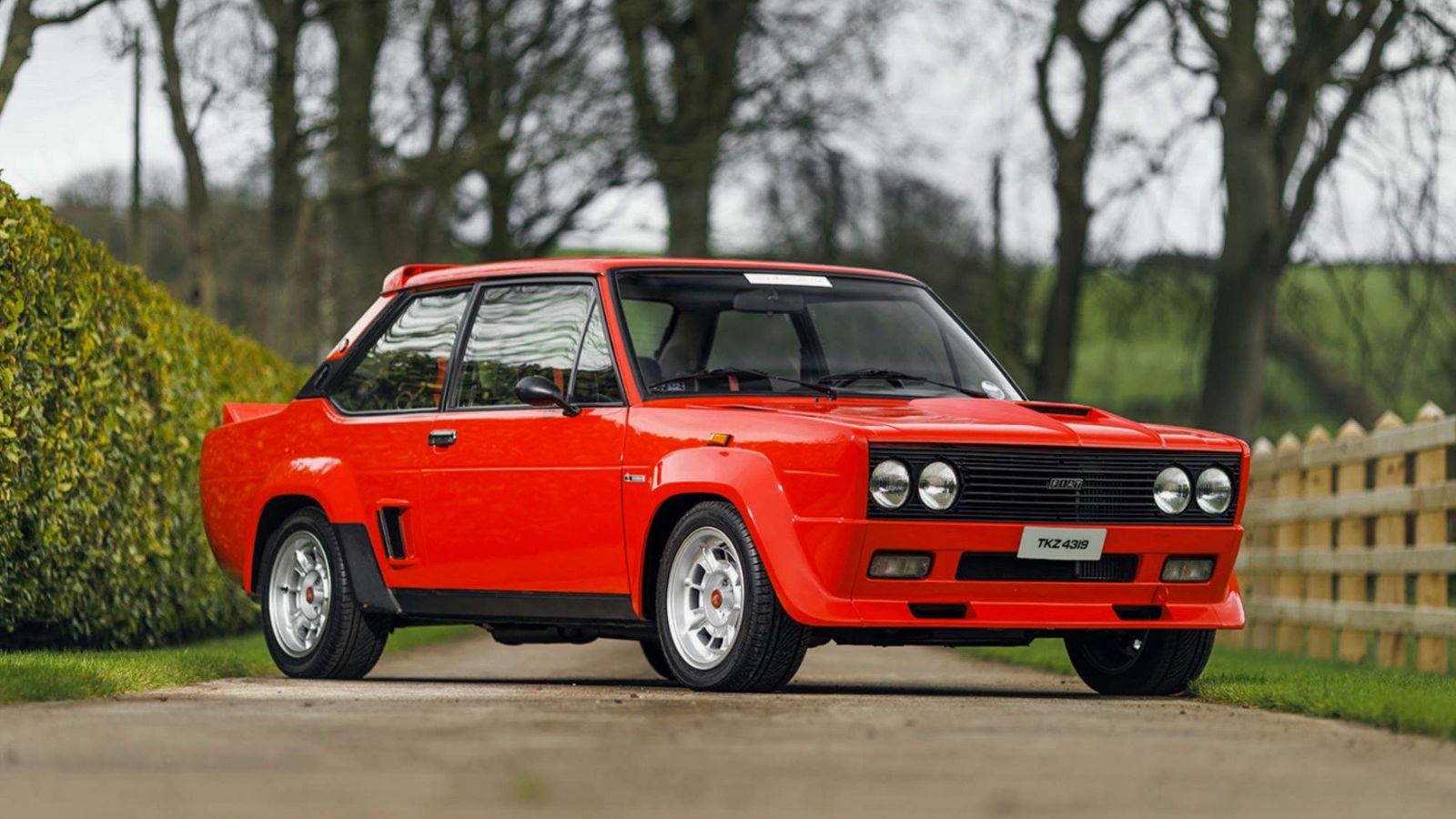
The Fiat 131 Abarth, a rallying legend from the late ’70s, was like the nerdy kid who hit the gym and became prom king. Fiat partnered with Abarth, their in-house mad scientists, to create a lightweight racer. The steel body panels were swapped for fiberglass and aluminum, making it lighter than a squirrel on a diet. With rear-wheel drive and outrageous flared arches, it won three World Rally Championships (1977, 1978, 1980), embarrassing far pricier competitors.
BMW E30 M3 Rally
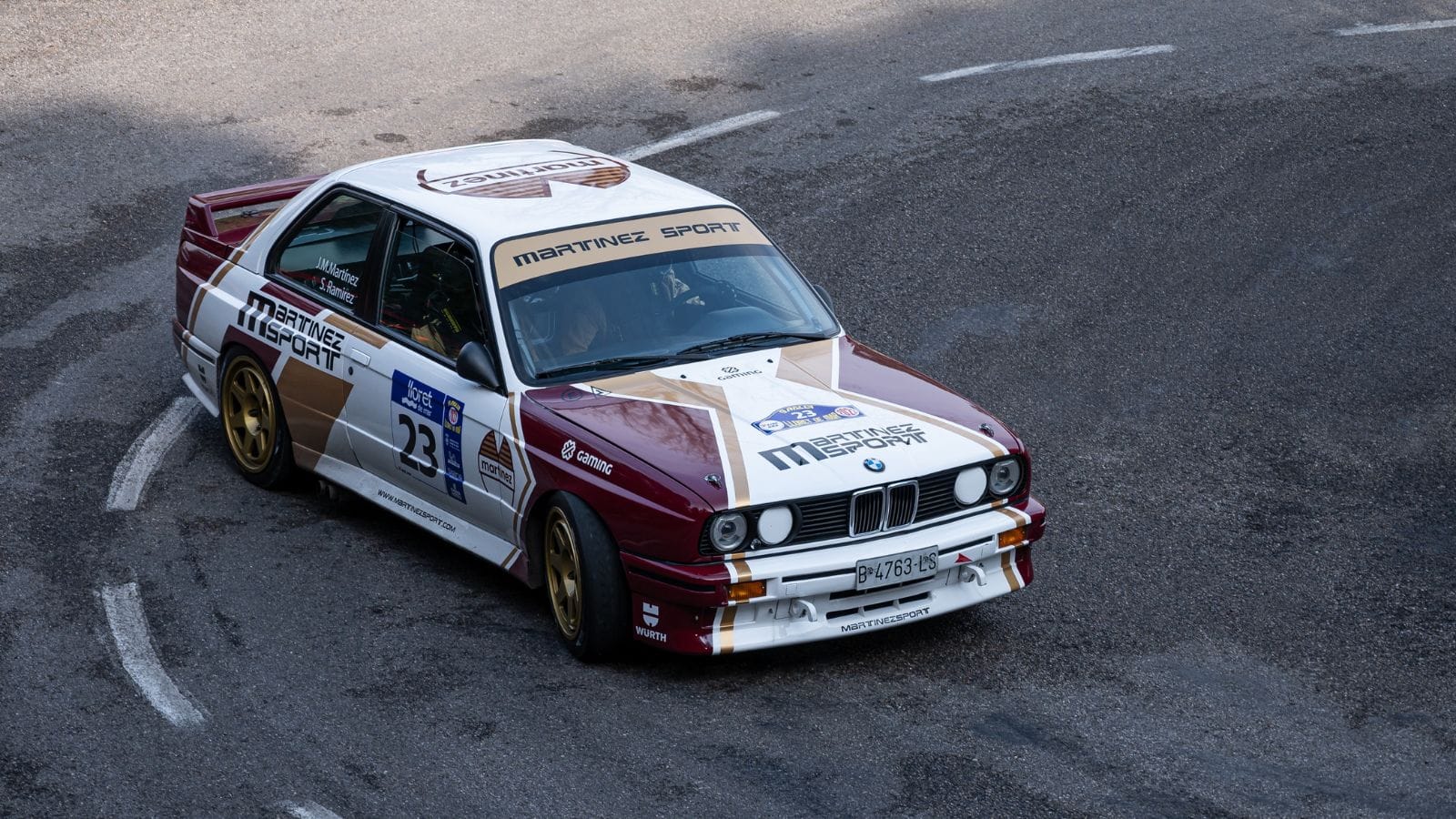
The BMW E30 M3, a car so iconic it probably has its fan club in heaven, was a rally underdog turned hero. Born for DTM dominance, it moonlighted in rallying during the late ’80s and early ’90s. With its screaming 2.3L S14 inline-four engine (producing up to 235 hp in rally trim), this lightweight rear-wheel-drive dynamo was a proper drift king before it was cool. The E30 M3 was essentially a rally purist’s dream: raw, high-revving, and demanding.
Volvo 240 Turbo
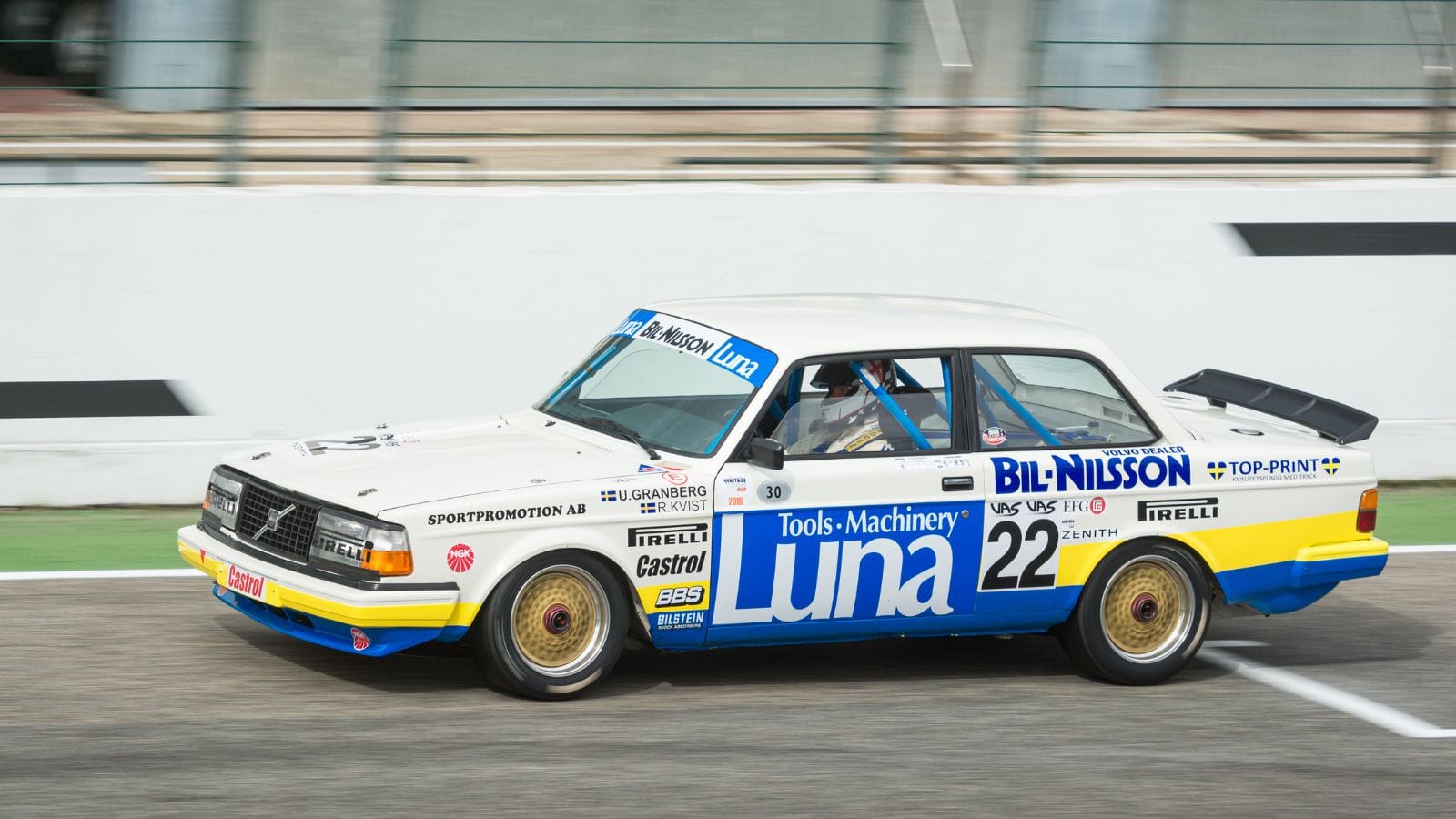
The Volvo 240 Turbo, affectionately dubbed the “Flying Brick,” proves that boxy can be speedy. The 240 Turbo made history as the first turbocharged car to win the European Touring Car Championship in 1985, humbling sleeker competitors. It became an icon for enthusiasts who appreciated its reliability, rally cred, and ability to corner with a certain je ne sais quoi (read: determination). And, while it won’t win beauty pageants, the 240 Turbo’s charm lies in its no-nonsense personality.
Suzuki Swift Sport
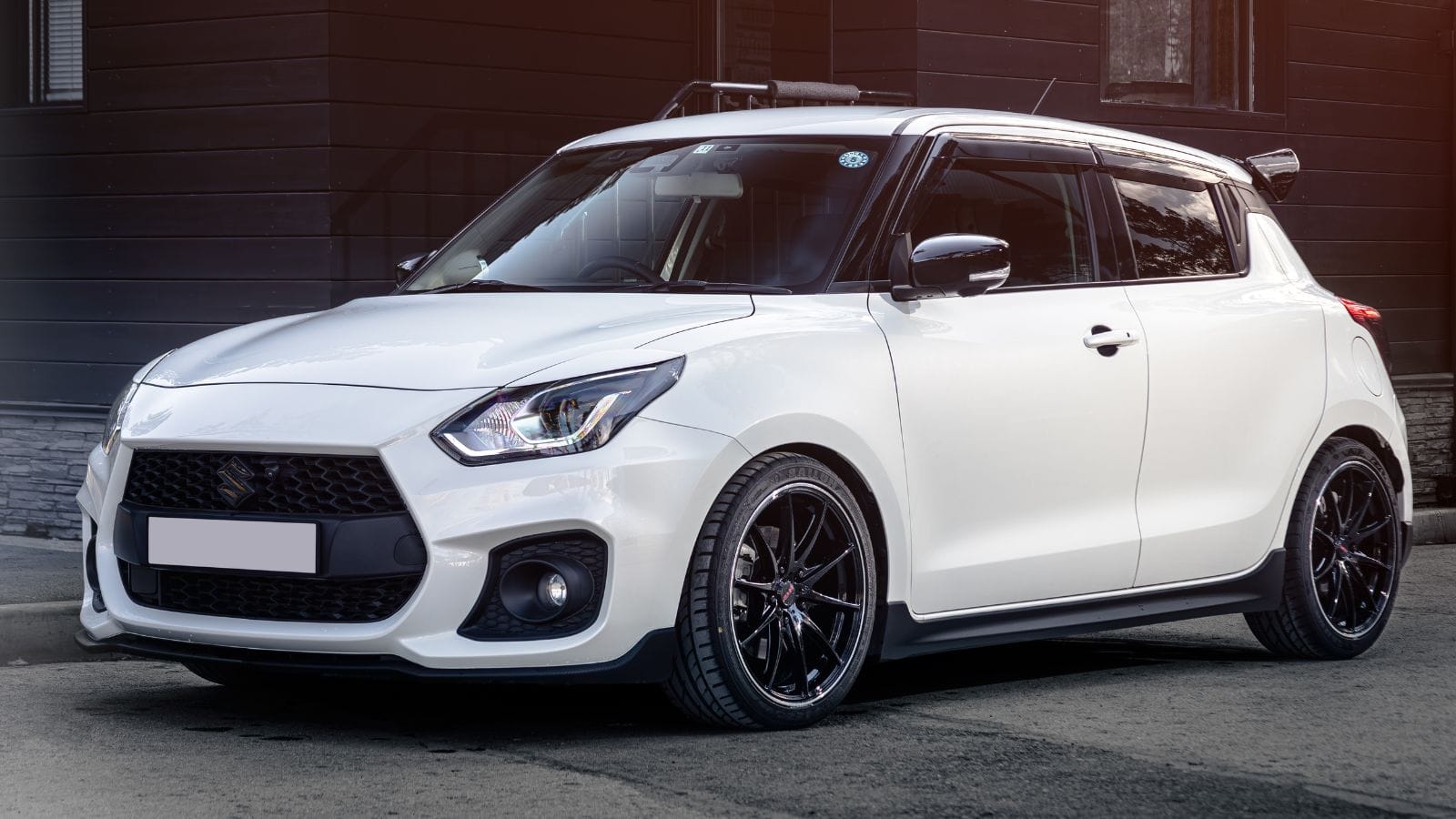
The Suzuki Swift Sport is like a pocket rocket on wheels, zipping through traffic with the spirit of a caffeinated squirrel. This feisty little hatchback boasts a 1.4-liter turbocharged engine, punching out 138 hp and 230 Nm of torque—small but mighty! Weighing just around 970 kg (thanks to Suzuki’s love for lightness), it also has an excellent power-to-weight ratio that’ll keep you grinning on twisty roads. Fuel efficiency? Not bad for a sprinter—up to 47 mpg (WLTP-rated). In short, this car isn’t just fun—it’s affordable and practical, proving that good things come in small packages.
18 Budget-Friendly Electric Cars That Last Longer Than Their Loans — Economical Electrics
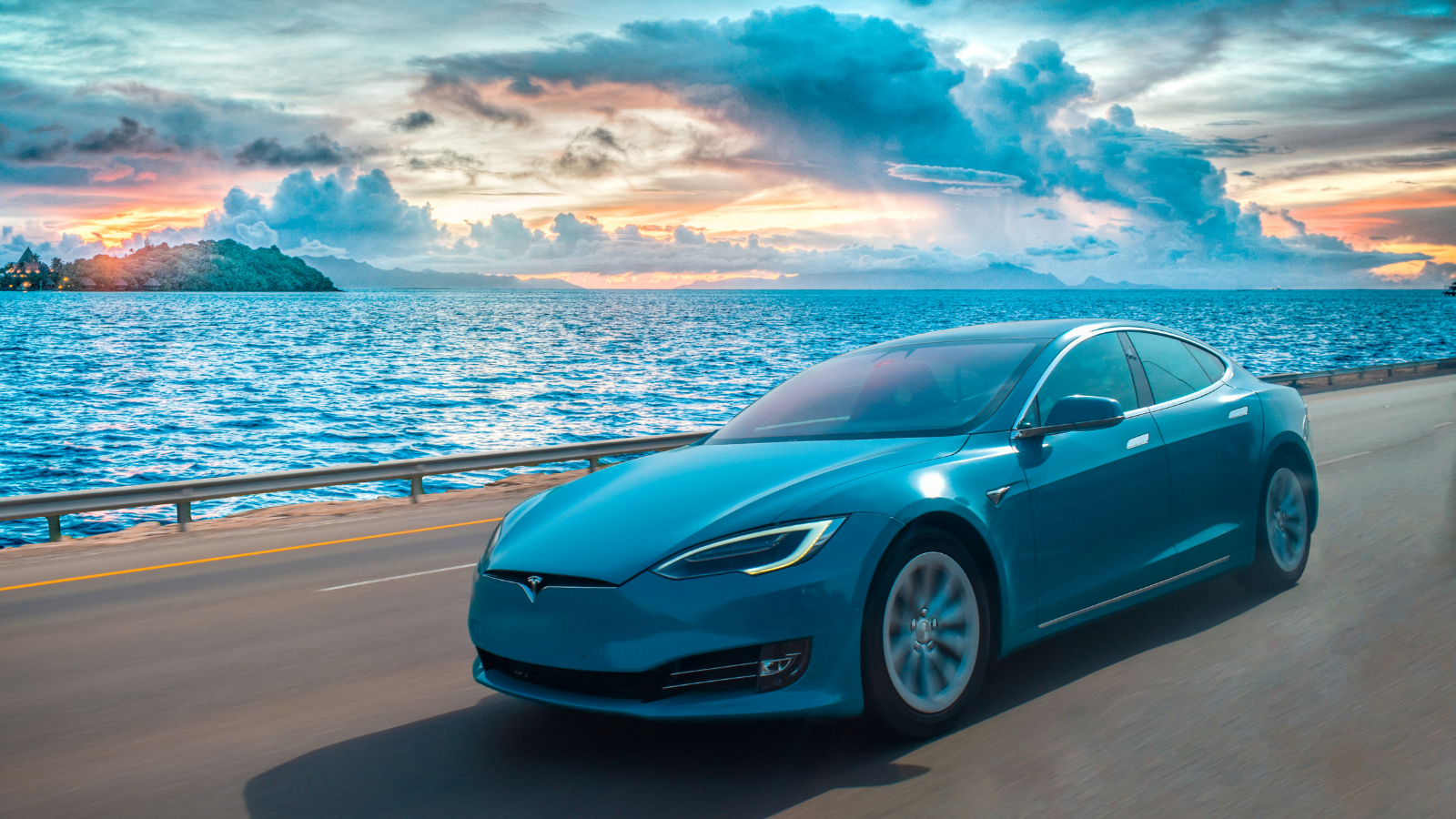
Electric vehicles are no longer a luxury for the elite—they’re a smart investment for the everyday driver. With manufacturers stepping up to the plate, affordable EVs now deliver on reliability, range, and modern comforts. Here’s a look at 18 economical electric cars engineered to outlast their payment plans.
18 Budget-Friendly Electric Cars That Last Longer Than Their Loans — Economical Electrics
